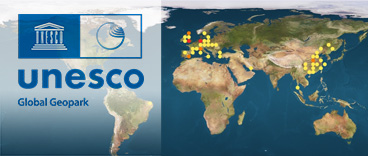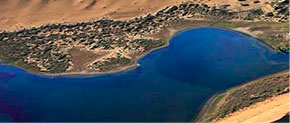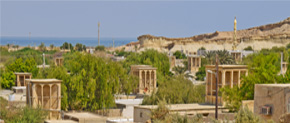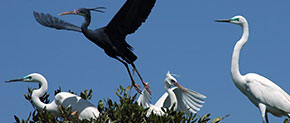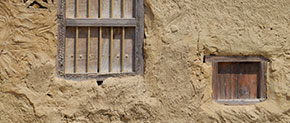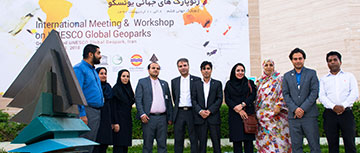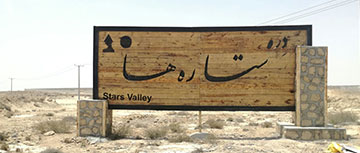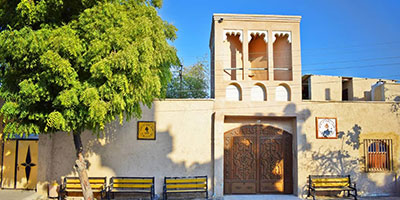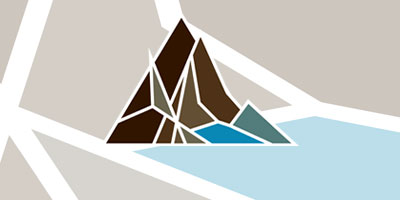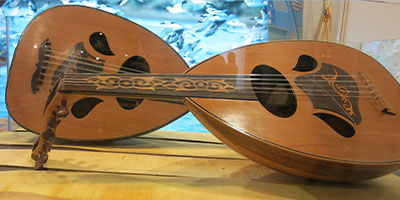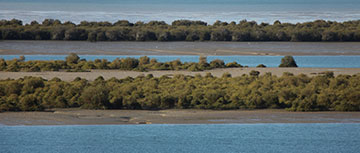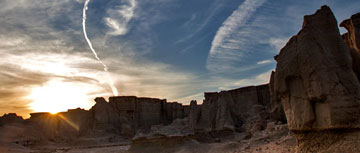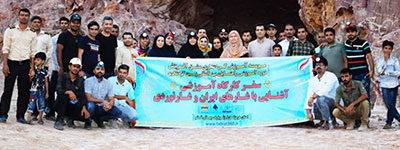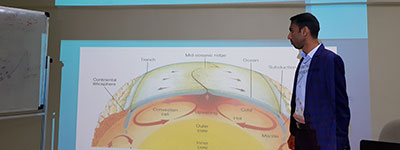Ghazi Terrace
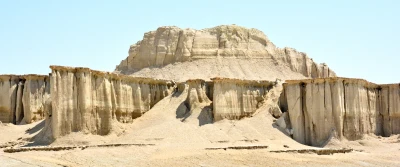
Water and wind erosion form most of the geological phenomena in Qeshm Island. Volumetric and columnar shapes are such phenomena that are seen in different places. Qazi Terrace is located in the west of Qeshm Island, in the way of the Gori village on the eastern coast of Qeshm Island to the south. In this area, volumetric and columnar shapes have been concentrated and gathered together as same as the walls, created a unique view. These remarkable figures are shaped as the result of several thousand years of water and wind erosion. In terms of geological value, this area has been registered as a Geosite of Qeshm Global Geopark, and in addition to the significant value and importance of geology, this site is exceedingly valuable in terms of educational, scientific, and research activities. - Geology This phenomenon is formed by water and wind erosion, which consists of two parts. The first part includes a set of mesas formed in the marl and sandstone layers of the Aghajari Formation. In some parts, as erosion progressively expands, the Hoodoos are also observable. Water erosion destroys ditches formed in unstable layers over time, and as a result, mesas and buttes also erode to form the hoodoos. In the second part, because of orogenic activity and successive folding, which causes the gradual rise of the Island, erosive forces have created precipices in sloping rock layers. On the edge of the resistant parts of the mentioned layers, the erosive shape of Hogback can be observed. Also, in the alluvial sediments of the present time, many traces of coral fossils can be observed at the bottom of the plain.
Related downloads
Where Ghazi Terrace geosite is located ?




